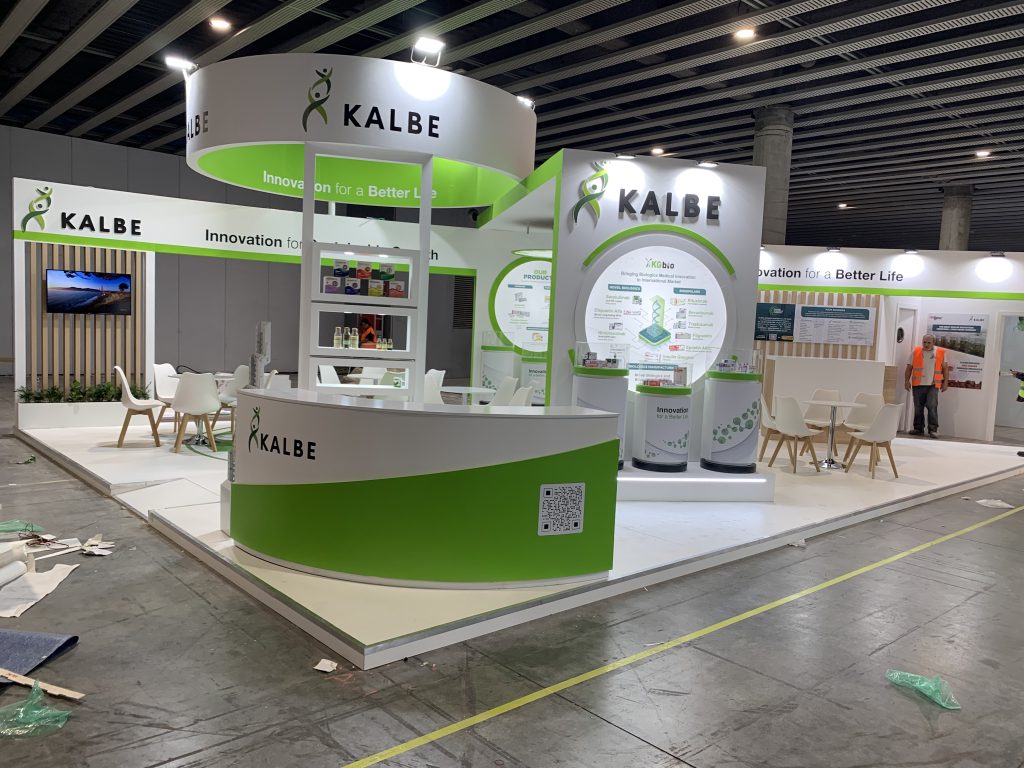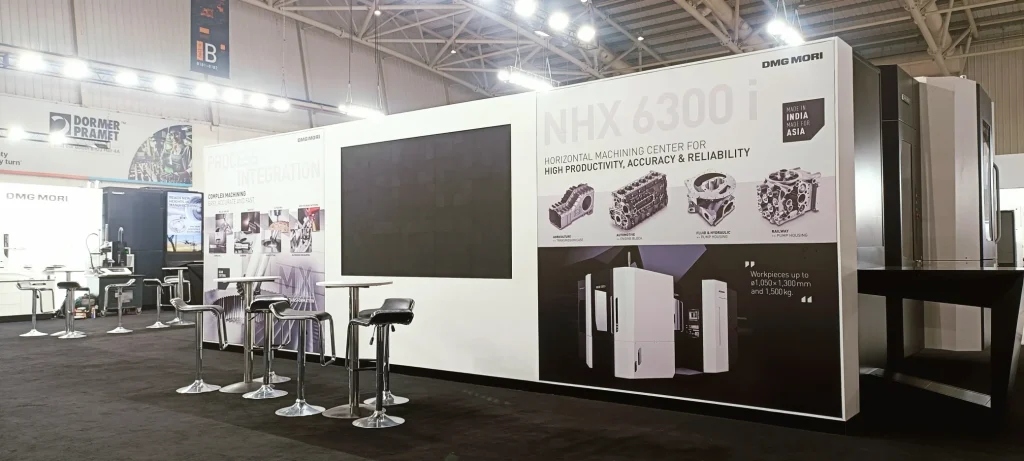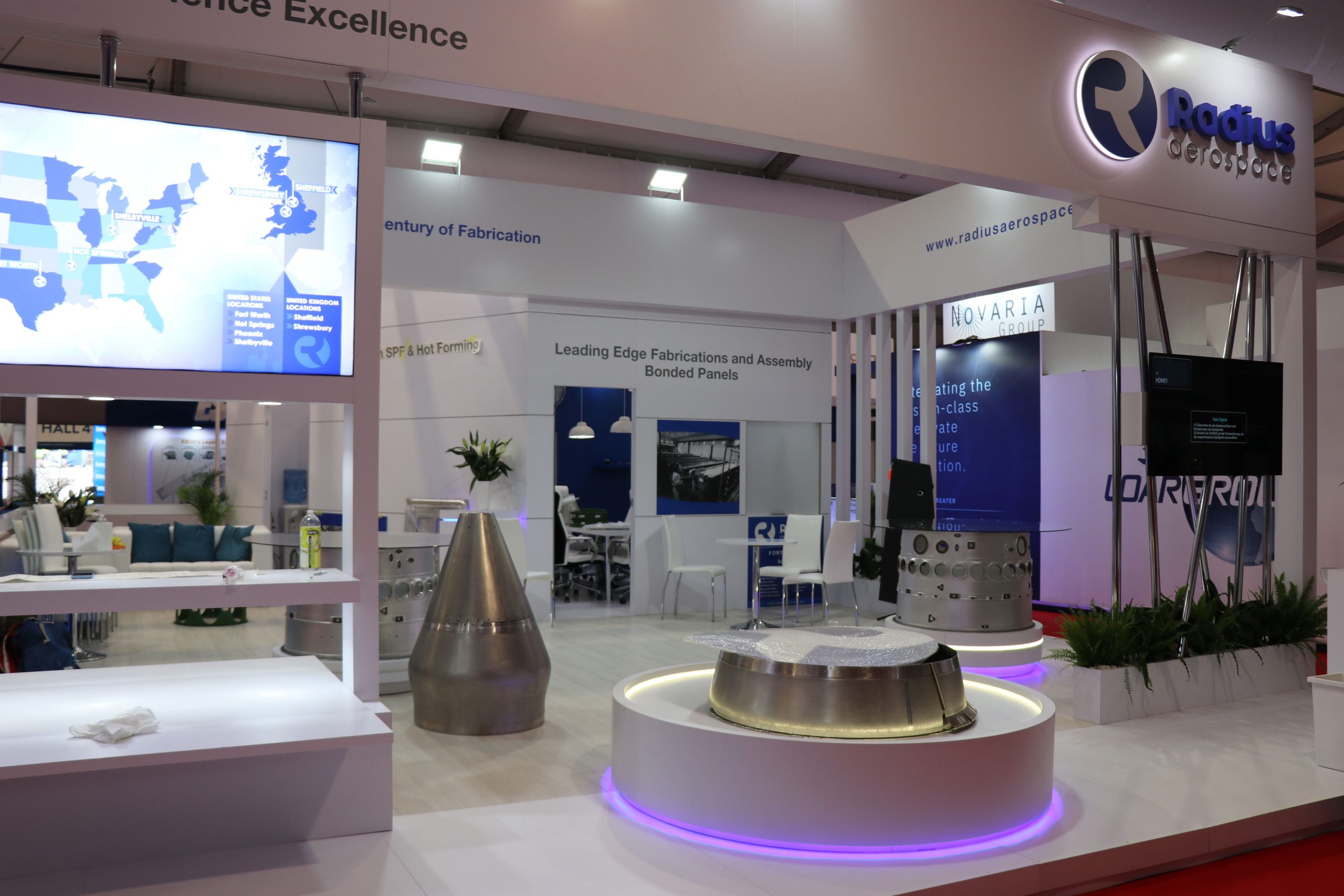
Introduction:
In the competitive world of trade shows, exhibitors are constantly seeking ways to stand out and attract attention. The effectiveness of trade booth displays in capturing the interest of attendees cannot be understated. Leveraging data-driven insights and statistics can provide exhibitors with valuable guidance on how to optimize their booth designs for maximum impact.
In this data-driven blog, we explore the science of attraction and unveil strategies backed by statistics to create compelling trade booth displays that draw in crowds and drive engagement.
The Power of Visual Appeal:
According to a study by the Center for Exhibition Industry Research (CEIR), 82% of trade show attendees have the authority to recommend or make purchasing decisions. This statistic underscores the importance of making a strong visual impression with booth displays.
Research from the Trade Show Exhibitors Association (TSEA) reveals that 67% of attendees remember the exhibits that caught their attention. Therefore, investing in visually appealing displays can significantly increase the likelihood of making a lasting impact on attendees.
Utilizing Color Psychology:
Color plays a crucial role in influencing human emotions and behavior. Studies have shown that certain colors evoke specific responses in individuals. For instance, research by the Institute for Color Research has found that:
- Blue: Evokes feelings of trust and security. (40%)
- Green: Associated with health, tranquility, and nature. (30%)
- Red: Creates a sense of urgency and excitement. (20%)
- Yellow: Represents optimism and warmth. (10%)
By strategically incorporating colors that align with their brand identity and evoke the desired emotions, exhibitors can create booth displays that effectively capture attention and resonate with attendees.
Data-Driven Booth Layouts:
The layout of a trade booth can significantly impact its effectiveness in attracting and engaging attendees. According to data from the Exhibit Surveys Inc., 76% of attendees enter an exhibit because something caught their eye from a distance. This highlights the importance of having a layout that draws attention from afar.
Additionally, research from the Center for Exhibition Industry Research (CEIR) suggests that booths with open layouts and clear pathways experience higher foot traffic and engagement levels compared to those with cluttered or obstructed layouts.
Optimizing Engagement Zones:
Data analysis conducted by Trade Show News Network (TSNN) reveals that 85% of exhibitors believe engagement is the most important factor in booth design. Creating dedicated engagement zones within the booth where attendees can interact with products, participate in demonstrations, or engage in discussions with booth staff can significantly enhance the overall attendee experience. Data from the Event Marketer’s EventTrack study shows that 70% of attendees become regular customers after engaging with a brand at a trade show.
Measuring Success and Iterating for Improvement:
Data-driven decision-making extends beyond the design phase and into the post-event evaluation process. Utilizing analytics tools and metrics such as foot traffic patterns, attendee engagement levels, and lead generation rates can provide valuable insights into the effectiveness of booth displays.
According to a survey by Freeman Data Benchmarking, 68% of exhibitors measure ROI by the number of leads generated, highlighting the importance of tracking and analyzing lead data.
Gathering Feedback for Continuous Improvement:
Collecting feedback from attendees through surveys or direct interactions can offer valuable insights into their perceptions and preferences regarding booth displays. Data from a survey conducted by the Center for Exhibition Industry Research (CEIR) indicates that 76% of exhibitors use attendee feedback to improve future booth designs.
By incorporating feedback into the iterative design process, exhibitors can make data-driven adjustments to enhance the effectiveness of their booth displays.
Conclusion:
In the competitive landscape of trade shows, effective booth displays can make all the difference in attracting and engaging attendees. By leveraging data-driven insights and statistics, exhibitors can optimize their booth designs to maximize impact and drive meaningful engagement.
From visual appeal and color psychology to strategic layout and engagement zones, every aspect of booth design can be informed by data to create compelling experiences that leave a lasting impression on attendees. By continuously measuring success, gathering feedback, and iterating for improvement, exhibitors can stay ahead of the curve and achieve success in the dynamic world of trade shows.


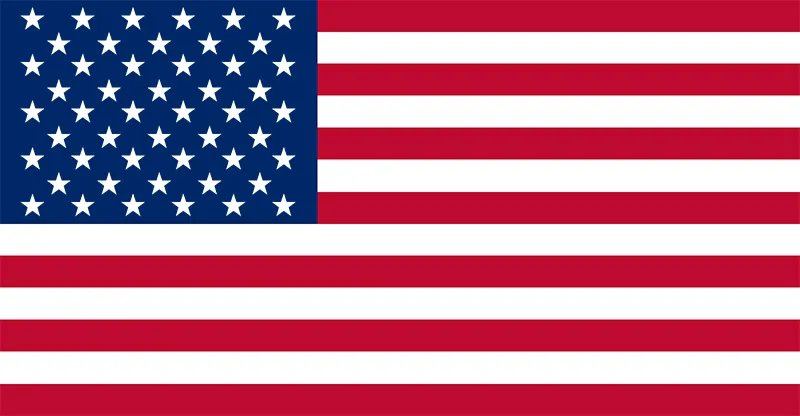 US
US
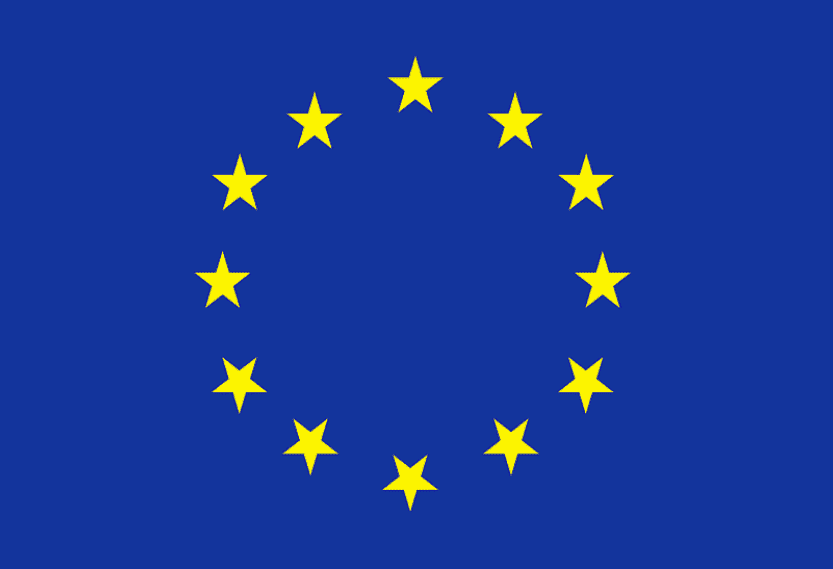 EU
EU
